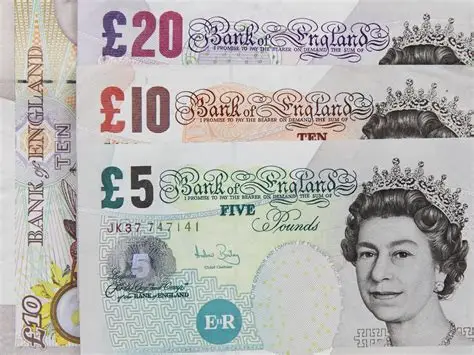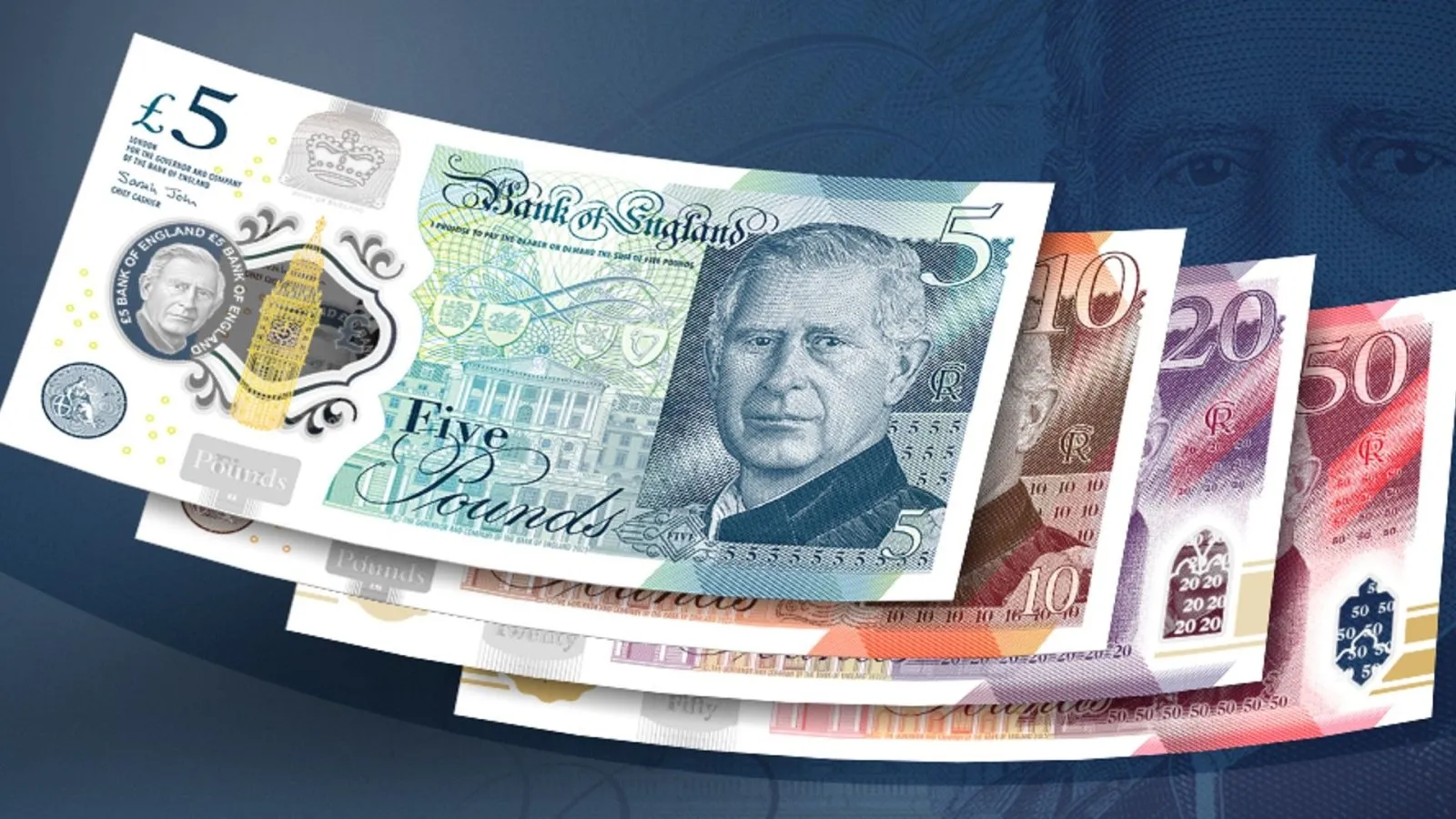GBP/USD Drops to Three-Week Low as Positive US Data Bolsters the Dollar Ahead of Major Inflation Report
British Pound (GBP) dropped to its three-week low versus the US Dollar (USD) on Thursday, with GBP/USD going below the 1.3400 level to trade at around 1.3366, as favorable US economic data fueled demand for the Greenback. Sturdy releases, such as a vicious quarter-upward revision of Q2 GDP to 3.8%, beneath-expectation initial jobless claims of 218K, and an August Durable Goods Orders 2.9% leap, supported faith in the US economy. Although core PCE inflation in Q2 modestly increased to 2.6%, market participants already await Friday’s report on August core PCE, which is set to give essential information regarding the next steps of the Federal Reserve on monetary policy. In the meantime, Fed officials are implying a “slightly restrictive” policy, weighing inflation worries against a primarily healthy labor market. KEY LOOKOUTS • Traders are keeping an eye on the August core PCE reading, which may shape the Federal Reserve’s future interest rate moves. • Solid GDP growth, high durable goods orders, and low unemployment claims underpin the US Dollar and may continue to hold GBP/USD in check. • Fed officials’ comments indicate a “slightly restrictive” monetary policy, emphasizing balancing inflation with labor market stability. • GBP/USD is around the 1.3360–1.3400 level, and any move below this level can generate further bearish momentum. GBP/USD dipped to a three-week low as solid US economic data supported the US Dollar, with the pair falling below 1.3400 to quote around 1.3366. Strong US signals in the form of a revised Q2 growth of 3.8% GDP, below-forecast jobless claims, and a snapback in durable goods orders supported market optimism in the US economy. Traders are now focusing their attention on Friday’s core PCE inflation report, which is expected to be monitored closely for Fed hints on its next move in monetary policy, as Fed officials continue to stress a slightly restrictive tack under conditions of balanced labor market conditions. GBP/USD dropped to a three-week low around 1.3366 following robust US economic data that supported the Dollar. Investors now wait for Friday’s core PCE inflation reading to get cues on the Fed’s next step. • GBP/USD dipped below the 1.3400 level, hitting a three-week low around 1.3366. • Robust US GDP growth was revised sharply higher to 3.8% in Q2. • Initial Jobless Claims dropped to 218K, better than market forecasts. • Durable Goods Orders increased 2.9% in August, indicating robust US economic activity. • Core PCE prices for Q2 rose modestly to 2.6%, narrowly beating expectations. • Fed officials keep a “slightly restrictive” bias and watch inflation and labor market risks closely. • Attention in the markets turns to Friday’s core PCE inflation report, which may have implications for future Fed policy. The British Pound lost value against the US Dollar on Thursday as solid US economic data fueled widespread Greenback demand. Critical releases indicated a strong US economy, with Q2 GDP growth revised to 3.8%, initial jobless claims dipping to 218K, and durable goods orders rising 2.9% in August. The data underscored ongoing economic strength and bolstered confidence in the resilience of the US Dollar. GBP/USD DAILY CHART PRICE SOURCE: TradingView Market eyes are finally on Friday’s central PCE inflation report, which will give some additional insight into the Federal Reserve’s monetary policy direction. Meanwhile, Fed officials have reaffirmed the need to keep a slightly restrictive policy stance in order to weigh inflation concerns against the general stability of the labor market. Market observers are following closely as they try to discern the possible path for US interest rates and the general level of economic conditions. TECHNICAL ANALYSIS GBP/USD broke below the important psychological support level of 1.3400, showing bearish short-term momentum. The pair is currently testing levels around 1.3360, with current resistance at 1.3420–1.3450. Moving averages are pointing towards a downtrend, while momentum indicators are hinting at continued selling pressure, which means that further falls are possible if the pair cannot regain important support levels. FORECAST GBP/USD can remain under pressure to the downside as solid US economic figures validate the Dollar. If the pair drops below the existing support level around 1.3360, it can test new lows at levels of 1.3300–1.3320. Market participants will likely be cautious ahead of the core PCE inflation print this Friday that can further increase volatility. A correction is still possible if the Dollar loses steam or UK economic data positively improves. Under those circumstances, GBP/USD may try to re-take the 1.3400–1.3450 area, with resistance around 1.3480–1.3500 being an important hurdle to further gains. Market sentiment will be heavily reliant on future data and Fed cues, leaving the pair vulnerable to economic news both on the Atlantic side and in the US.












